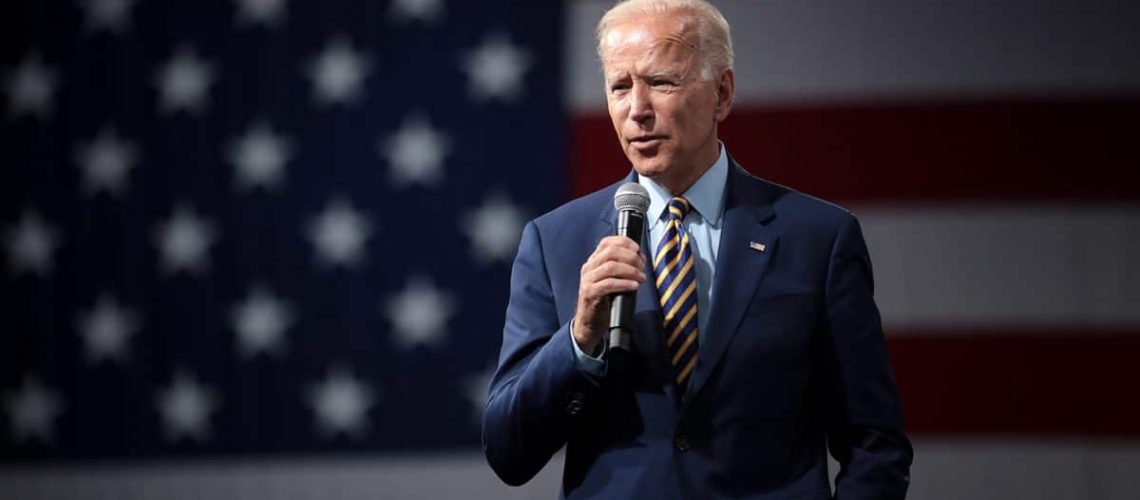Today the Biden administration announced that it will extend the Section 201 tariffs on imported crystalline silicon solar panels and solar cells above an annual 5GW tariff rate quota, thus upholding the exclusion for bifacial panels and doubling the tariff rate quota for cells.
The proclamation is seen as a “balanced solution” by many in the solar industry. “While we are disappointed with the decision to extend Section 201 tariffs on imported solar cells and panels, we are grateful to the Biden administration for clearly considering the range of issues affected by this decision,” said Abigail Ross Hopper, President and CEO of the Solar Energy Industries Association (SEIA). She added that, “Administration officials arrived at a balanced solution in upholding the exclusion for bifacial panels and increasing the tariff rate quota for cells.”
The saga surrounding the solar tariffs began after a Section 201 trade petition was filed by Suniva and SolarWorld that sought relief against what the companies said was unfair competition from overseas imports. In 2018 President Donald J. Trump imposed duties on solar panels and solar cells for a period of four years. In those ensuing years many countries including the European Union, China, South Korea, and Taiwan filed complaints with the World Trade Organization in opposition to the graduated tariffs.
One of the outcomes expected by those supporting the ruling was an increase in solar manufacturing in the US, but that did not come to pass. It also had a negative affect on US solar installations, with the number of installed gigawatts missing projections for the first time in years, said Tony Clifford in pv magazine in 2019. Clifford was then chief development officer at Standard Solar and a board member of SEIA.
Today’s ruling extends the exclusion for bifacial solar panels, something that SEIA has been fighting for for three years.
“Today’s decision recognizes the importance of this innovative technology in helping to improve power output and lower costs in the utility-scale segment. It is a massive step forward in producing clean energy in America and in tackling climate change,” Hopper said.
Not everyone in the solar industry is seeing the proclamation as offering a good balance. First Solar’s chief executive, Mark Widmar, said that the extension to the Section 201 safeguard excluding bifacial panels is no safeguard at all.
“This exclusion un-levels the playing field by providing unlawfully subsidized bifacial panels an instant, artificial advantage over other panel types, an advantage that is based not on real-world performance or true competitiveness, but merely on distinguishing where the cells happen to be located on the panel. With bifacial being the dominant Chinese solar product today, this decision effectively allows China to outflank American efforts to grow self-reliant solar supply chains,” Widmar said.
Next steps
In order to incentivize domestic solar manufacturing, the next step is the passage of the Solar Energy Manufacturing for America Act. “Failing that, today’s decision places at risk billions of dollars in existing investment, thousands of jobs, our country’s energy security and a climate-critical transition to net-zero emissions. It also places at risk the over 10 gigawatts of new American manufacturing capacity announced since May 2021, as well as the thousands of new jobs here at home that were set to be created both directly, on the manufacturing floor, and indirectly across domestic supply chains,” Widmar said.
In writing about the extension of the solar tariffs and need for the Solar Energy Manufacturing for America Act, Brian Lynch, director of solar + storage at LG wrote in an op-ed in pv magazine that “the actions we take today–as an entire industry–will affect our ability to continue to grow as we meet the imperative of installing solar to help protect our environment and grow our economy”.



